Everything You Need to Know About Your Dog’s Heat Cycle
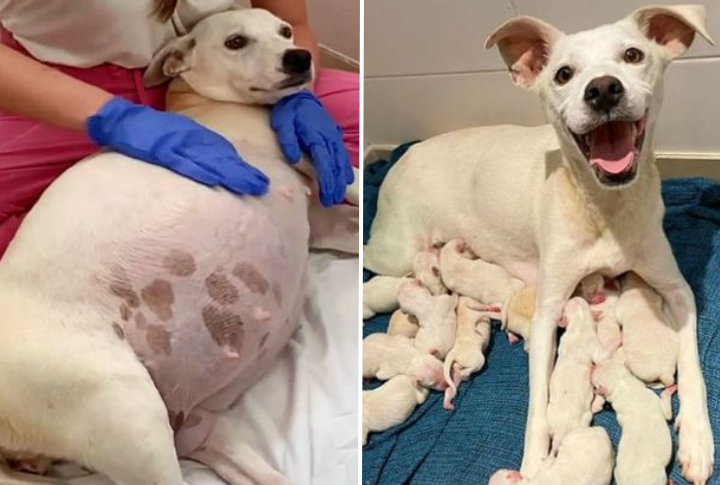
Understanding your female dog’s heat cycle is essential for responsible pet parenting. As she experiences this natural phase, you must know what’s happening and how to support her best. This guide will inform you about the different heat cycle stages, offering practical tips and insights to help you manage this period smoothly.
When Does A Dog’s Heat Cycle Begin?
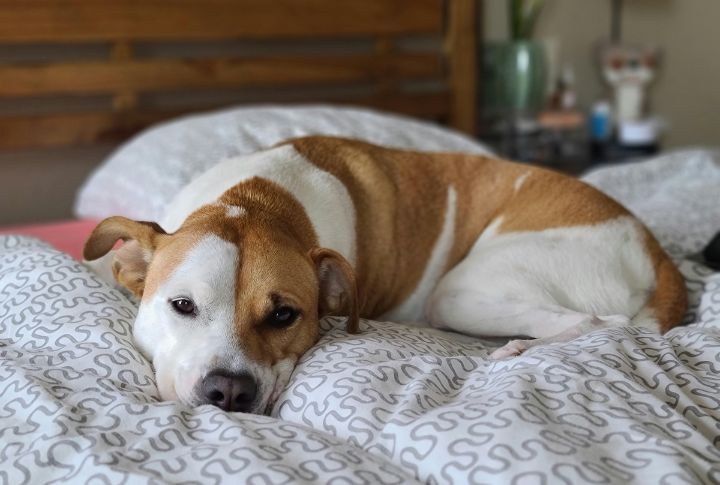
Dogs can start their heat cycle as early as four months in smaller breeds, with an average of six months. Larger breeds might experience it in 18-24 months. It’s important not to breed young dogs during their first cycles as their eggs aren’t fully mature.
How Often Does Your Dog Go In Heat?

Unlike humans, whose reproductive cycles average 28 days, dogs typically go into heat once or twice a year, about every seven months. Each dog’s cycle can vary, with differences across breeds and even between cycles in the same dog.
Signs Your Dog Is Entering Her Heat Cycle
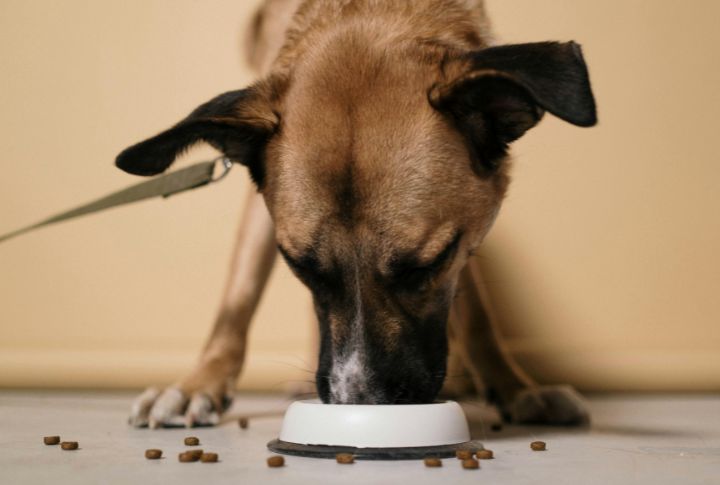
Hormonal shifts will cause behavioral changes before your dog enters her heat cycle. She might become irritable, easily startled, socially awkward, or clingy. Her eating habits may also fluctuate; she could refuse food or seem hungrier. If her appetite changes persist beyond five days, consult a vet.
Proestrus: 1st Phase of Heat Cycle
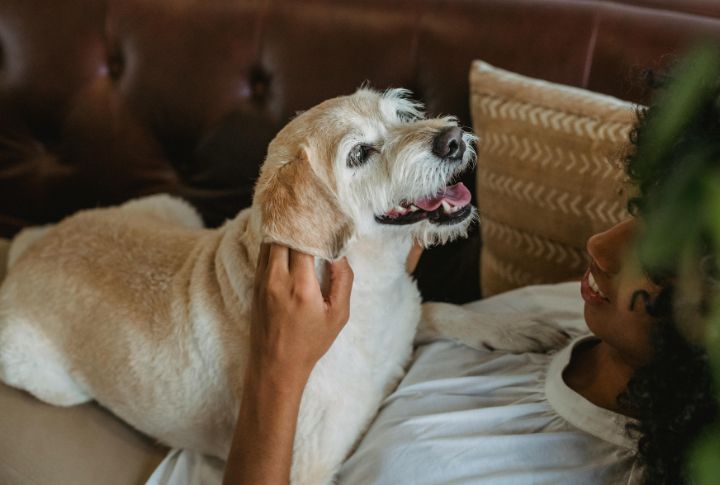
During the proestrus stage, which lasts around nine days, you’ll notice initial signs of heat. Your dog may exhibit a swollen vulva and a bloody discharge. It might also become more affectionate or restless, signaling the beginning of the reproductive phase.
Estrus: 2nd Phase of Heat Cycle
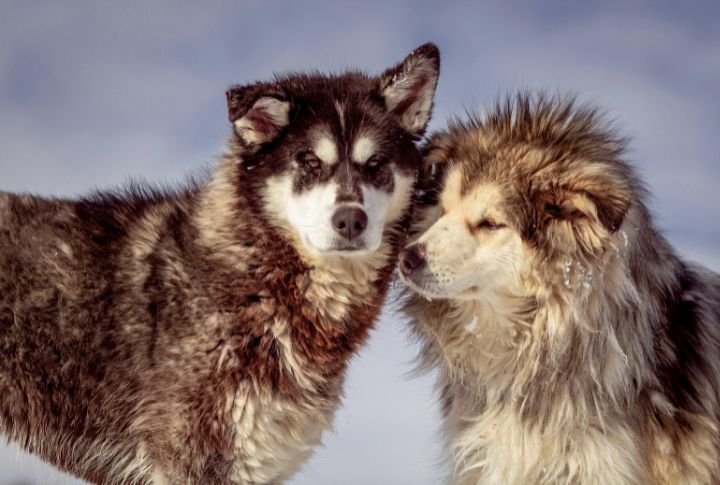
The estrus stage, known as “heat,” is their most fertile period, and they’re receptive to mating. This phase lasts about 5 to 9 days. The discharge usually changes to a lighter color, and your dog may show more pronounced mating behaviors, such as flagging their tail and being more attentive to male dogs.
Diestrus: 3rd Phase of Heat Cycle
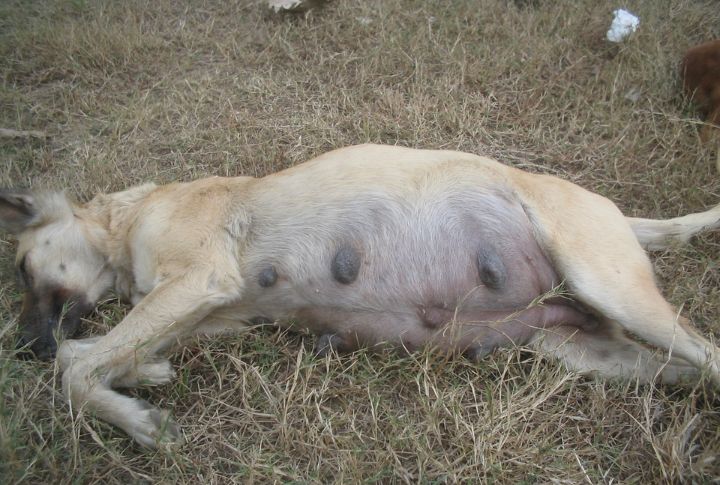
Diestrus usually lasts 60-90 days. If mating happens, this stage indicates pregnancy. If not, your dog might have a false pregnancy. Their hormones begin normalizing during diestrus, and they might show nesting behaviors or even lactate.
Anestrus: 4th Phase of Heat Cycle
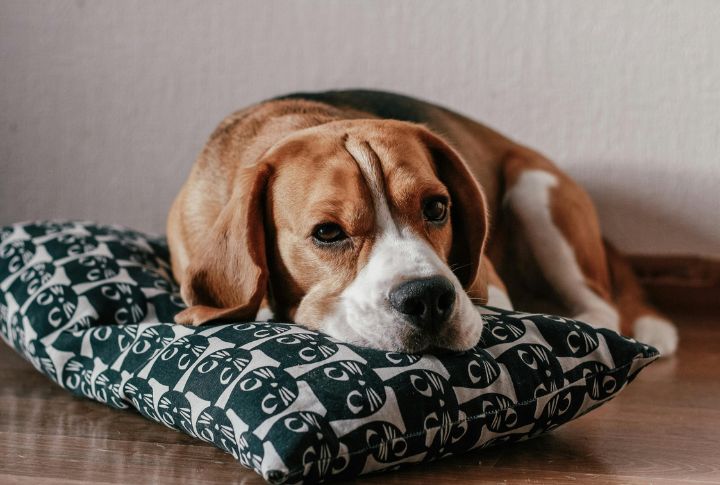
Lasting about 4 to 5 months, Anestrus is the resting phase between heat cycles. At these times, your dog’s reproductive system is inactive. It’s a period when her body begins to recover before the next heat cycle begins. Anestrus is critical for maintaining reproductive health and preparing for future cycles.
Do Dogs Experience Menopause?
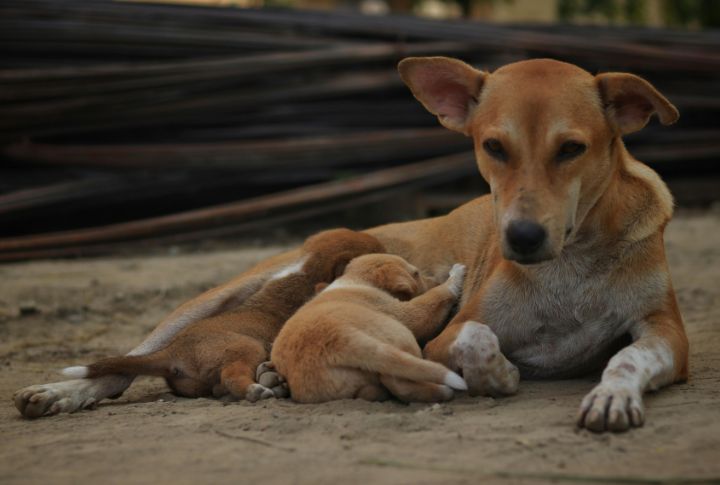
No, they don’t, meaning they can experience heat cycles and potential pregnancies throughout their lives, including their senior years. As they age, their cycles may become less regular for shorter durations. Although senior dogs can still conceive, it’s generally not advisable due to associated risks.
How Male Dogs Detect a Female Dog in Heat?
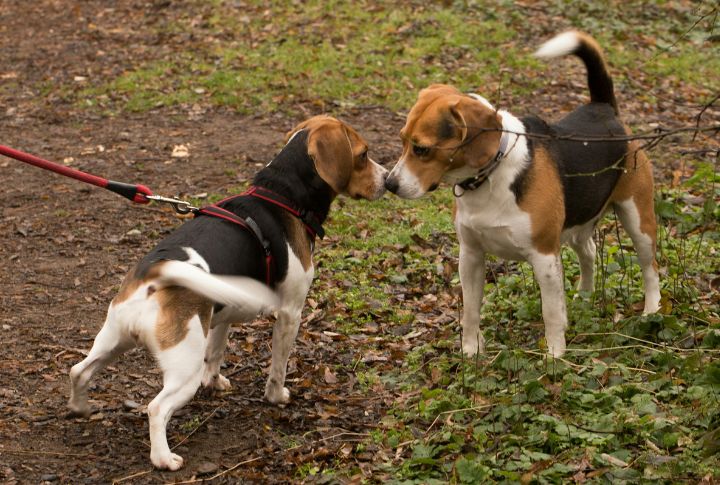
A male dog understands when a female is in heat through her unique pheromones. During this time, her vaginal and urinary secretions release distinct chemicals that signal her fertility. Male dogs have an exceptional sense of smell, allowing them to detect these pheromones from a distance and respond to their reproductive status.
Managing Discharge and Hygiene
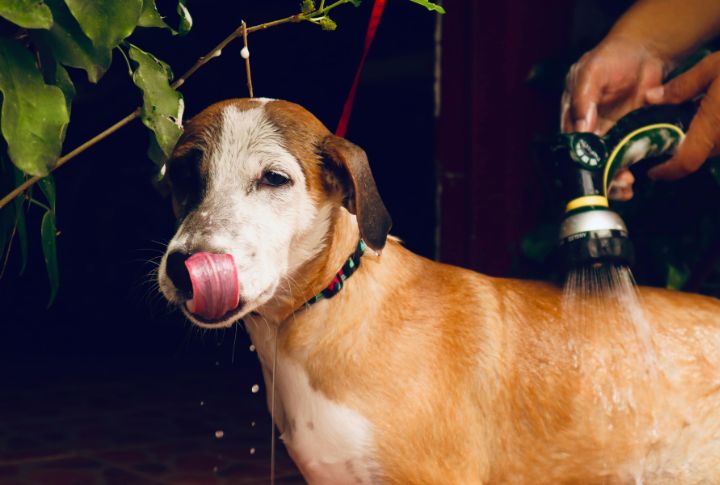
While in heat, there can be increased vaginal discharge, which can raise infection risks. Maintain hygiene by gently cleaning their genital area with a vet-approved, mild cleanser. Avoid harsh soaps and chemicals. Use pet-safe disinfectants for toys and a floor cleaner for their environment to ensure they stay safe and healthy.
Ensure Care and Comfort
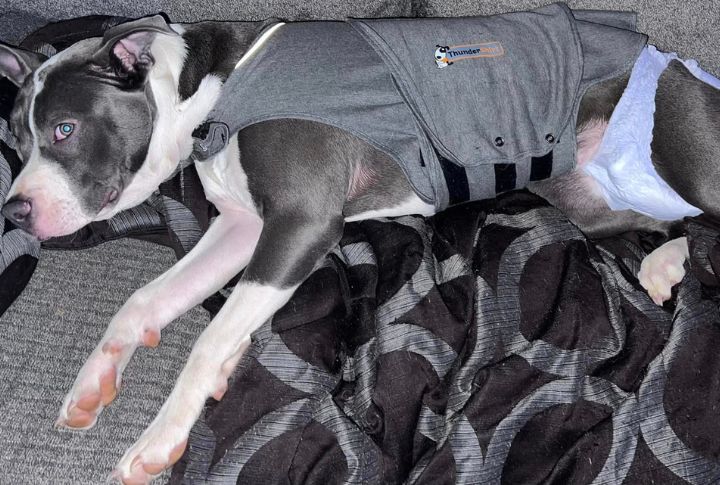
Create a cozy environment when caring for your dog while in heat. Keep her indoors or in a closely supervised area to prevent any attempts to escape or contact with male dogs. Use disposable diapers to manage the mess, and clean her surroundings regularly with vet-approved, dog-friendly products.
Diet and Nutrition During Heat
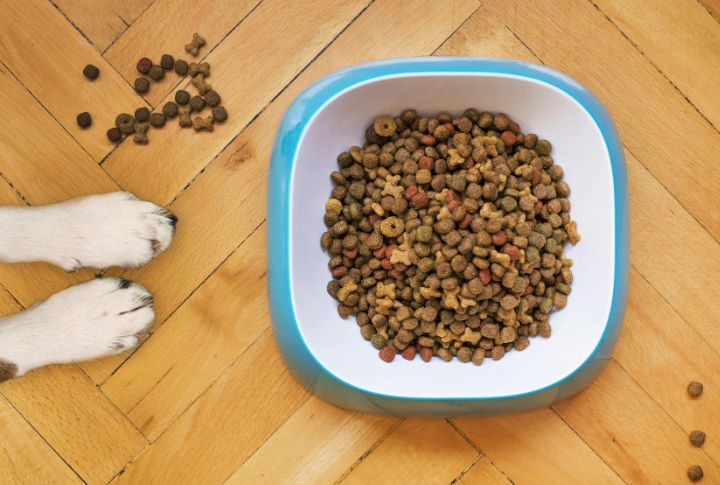
As hormonal fluctuations impact her appetite and energy, a balanced, nutritious diet becomes even more critical. Choose high-quality dog food and supplement it with healthy treats to maintain their interest in eating. Adjust her portions if necessary and ensure she stays well-hydrated.
Exercise and Activity Levels
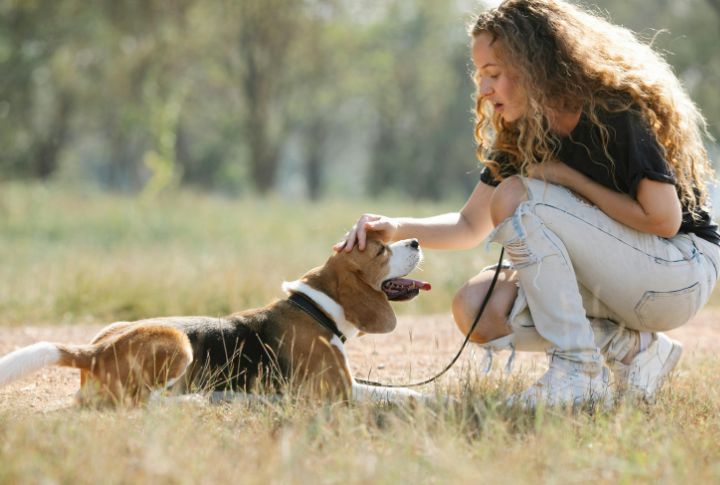
Hormonal changes can affect her energy and mood, so you need to strike a balance. Provide moderate exercise, like daily walks and light play, to help manage restlessness and keep her engaged. Avoid intense workouts that could add stress or discomfort.
Avoid Unwanted Pregnancies
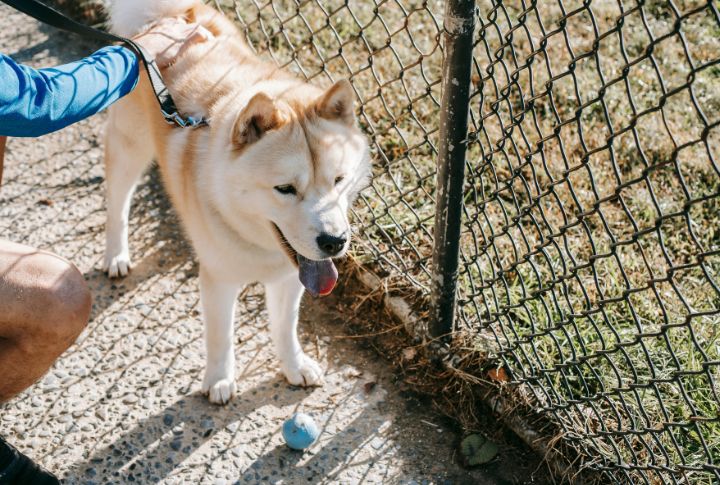
If you don’t want unwanted litters, keeping her away from male dogs during her fertile period is essential. Use secure fencing and supervised outdoor time to prevent accidental mating and ensure her safety. Consider spaying as a permanent solution that prevents pregnancy and offers health benefits.
Regular Health Checks and Vet Visits
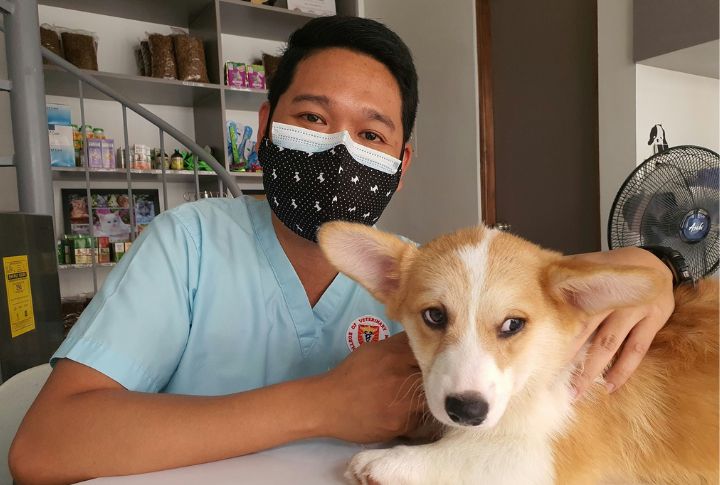
Regular health checks and vet visits are essential for maintaining your dog’s well-being, especially during her heat cycle and as she ages. These appointments help monitor her reproductive health and detect any potential issues early. Your vet can guide you in managing her cycle and assess her overall well-being.





